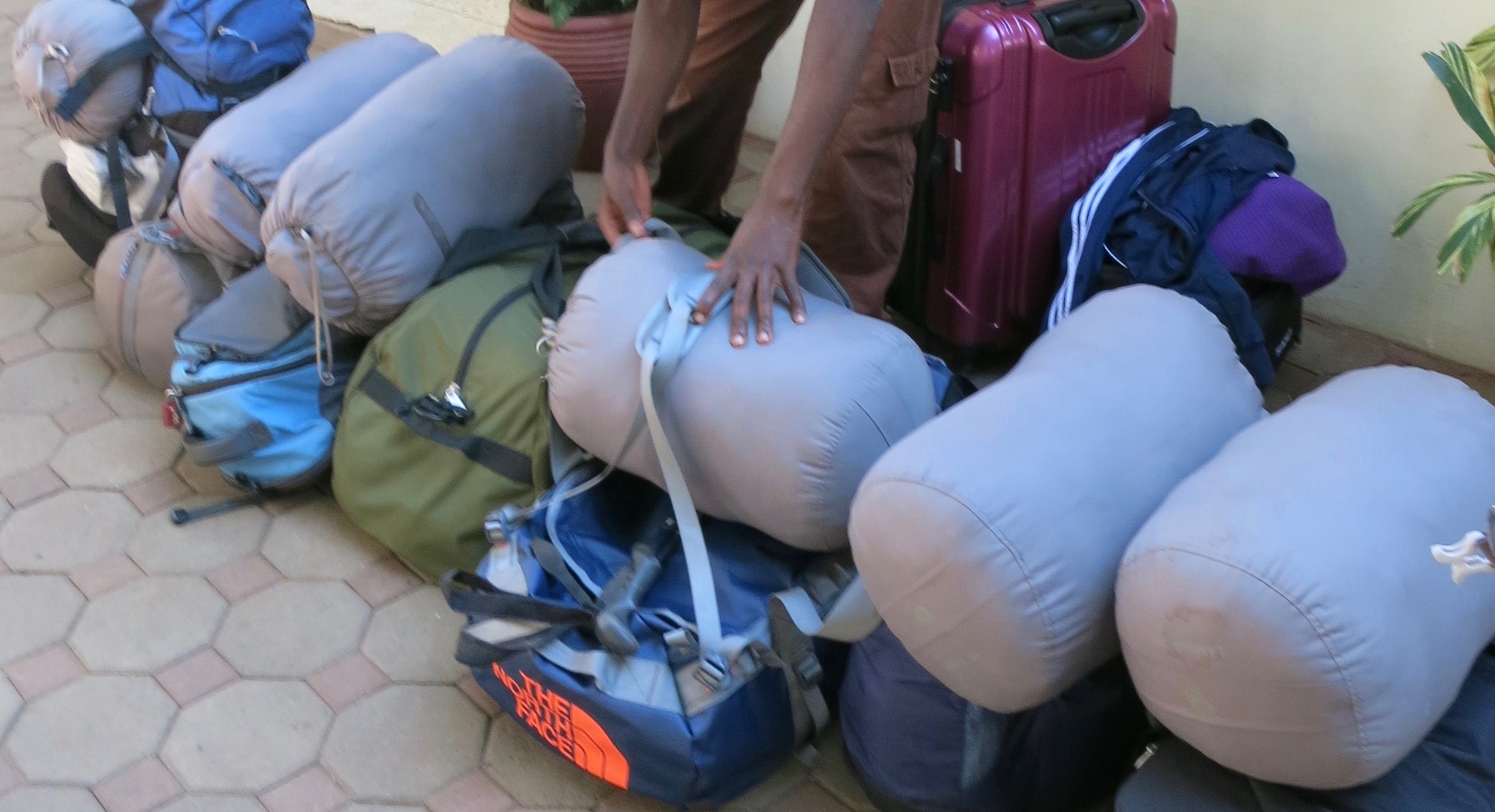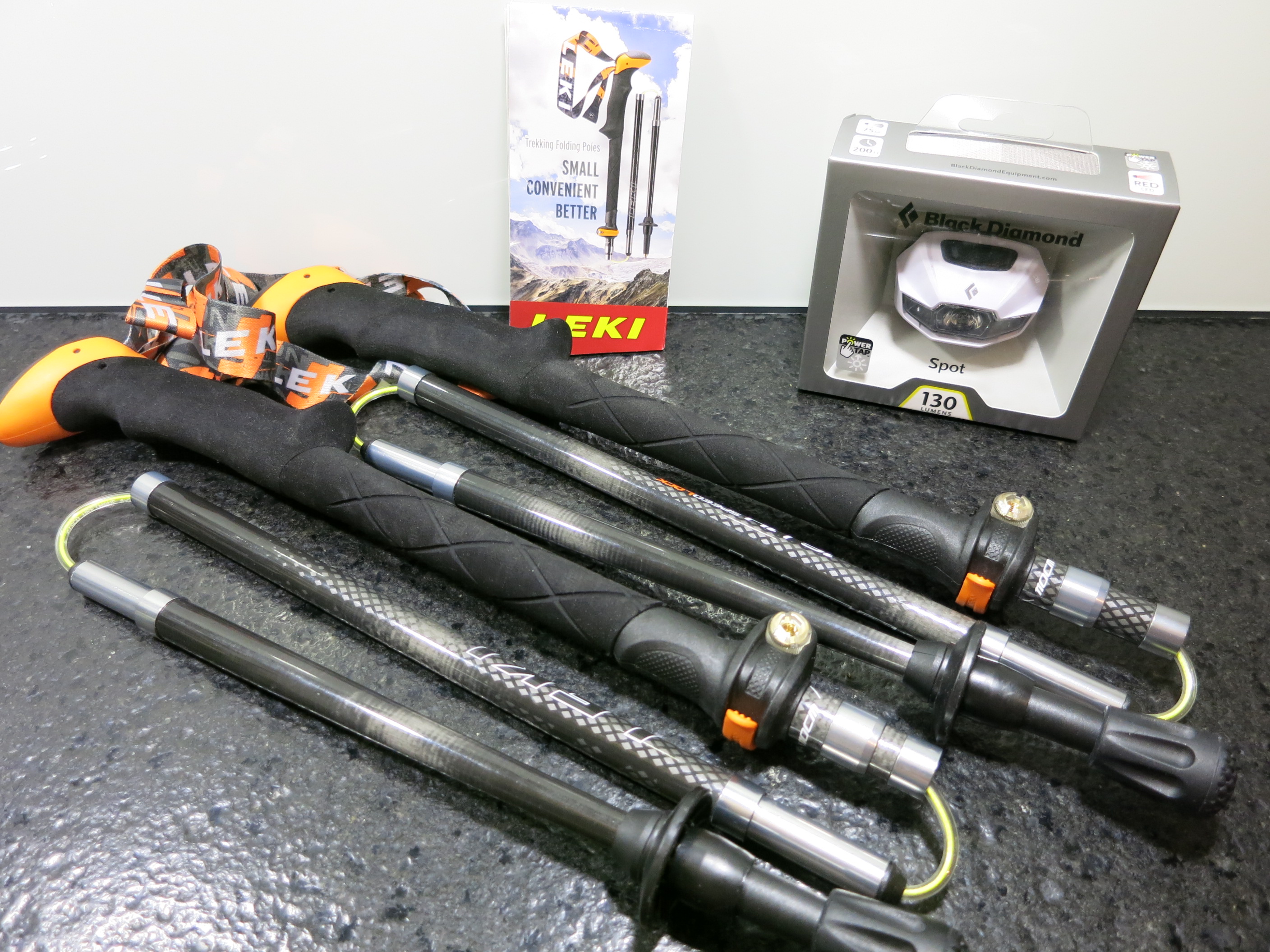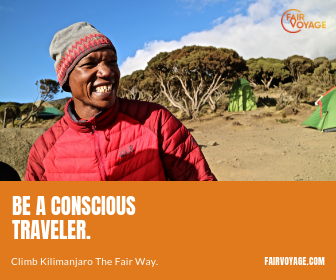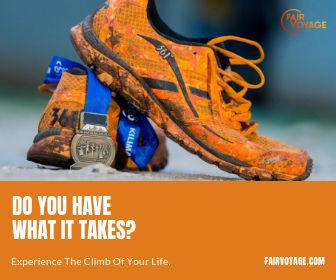Updated: 18 December 2018
As you plan your trip to Kilimanjaro, the biggest thing you have to pay attention apart from safety and preventing death on Kilimanjaro is what to pack. While you are arranging all the things you plan on wearing on your Kilimanjaro climb like hiking boots and rain protection, don’t forget about planning what to wear when you sleep, including your sleeping bag. The most important function of your sleeping bag on Kilimanjaro is to keep you warm overnight in freezing temperatures. So the best sleeping bag is one that is rated for very low freezing temperatures. Most tour operators will provide you with the most suitable sleeping bag to rent during your Kilimanjaro climb, but be sure to ask in advance and prepare for the coldest temperatures.
 How warm should your Kilimanjaro sleeping bag be?
How warm should your Kilimanjaro sleeping bag be?
Our operator offered the Mountain Hardwear Lamina Z Bonfire 30 Sleeping Bag
for rent, which is rated for -30 degrees Fahrenheit (-34° Celsius). These sleeping bags kept us warm and were adequate for Kilimanjaro. They didn’t need to be any warmer, nor any cooler. None of us ended up sweating and, even if, keeping the sleeping bag zip open is a lesser pain than freezing. I personally would not hike Kilimanjaro with sleeping bags rated for anything less than -30 degrees.
However, given you are reading this, you probably have never had a need for such a high-performance sleeping bag, nor will you have so in future. Under normal circumstances, you would prefer your sleeping bag to be lighter and less bulky. Thus, it would be a real waste to buy a new sleeping bag just for one-time use on Kilimanjaro. Therefore, most people prefer to simply rent a sleeping bag from their operator.
In our group of 12 hikers, 11 had come to that conclusion and rented the Mountain Hardwear Lamina Z Bonfire 30 Sleeping Bag from our operator. The only hiker who brought his own sleeping bag (also rated for minus degrees, yet not up to -30°) ended up cold overnight and regretted his decision not to rent in hindsight.

Best to rent your sleeping bag for Kilimanjaro from a high-quality operator
Beware of low-quality sleeping bags on Kilimanjaro climbs
However, beware! Not all operators offer high-quality equipment. In fact, most don’t. If in doubt, better check with them to confirm exactly the type of sleeping bag they would provide. Other than the model, also confirm their usage practices. It doesn’t help if they provide the best of all models but then use it over and over again. After about 10x washing, sleeping bags lose their functionality and will no longer keep you as warm as they should. Read more about operator selection criteria on this blog, and about the shockingly poor sleeping bag practices of budget operators in my book.
Sleep without socks in your sleeping bag on Kilimanjaro
Finally, a counter-intuitive piece of advice: Sleep without socks to avoid getting cold feet! Yes, I know, that doesn’t sound right. I resisted for several nights, experimenting with air activated feet warmers, or self-heating badges, and two pairs of thick thermal socks instead. Nothing worked; my feet felt like ice every single night. Finally, I followed my guide’s advice to sleep bare feet, and—lo and behold—my feet felt warm and cozy all night long!
Wishing you a great experience climbing Kilimanjaro!






















